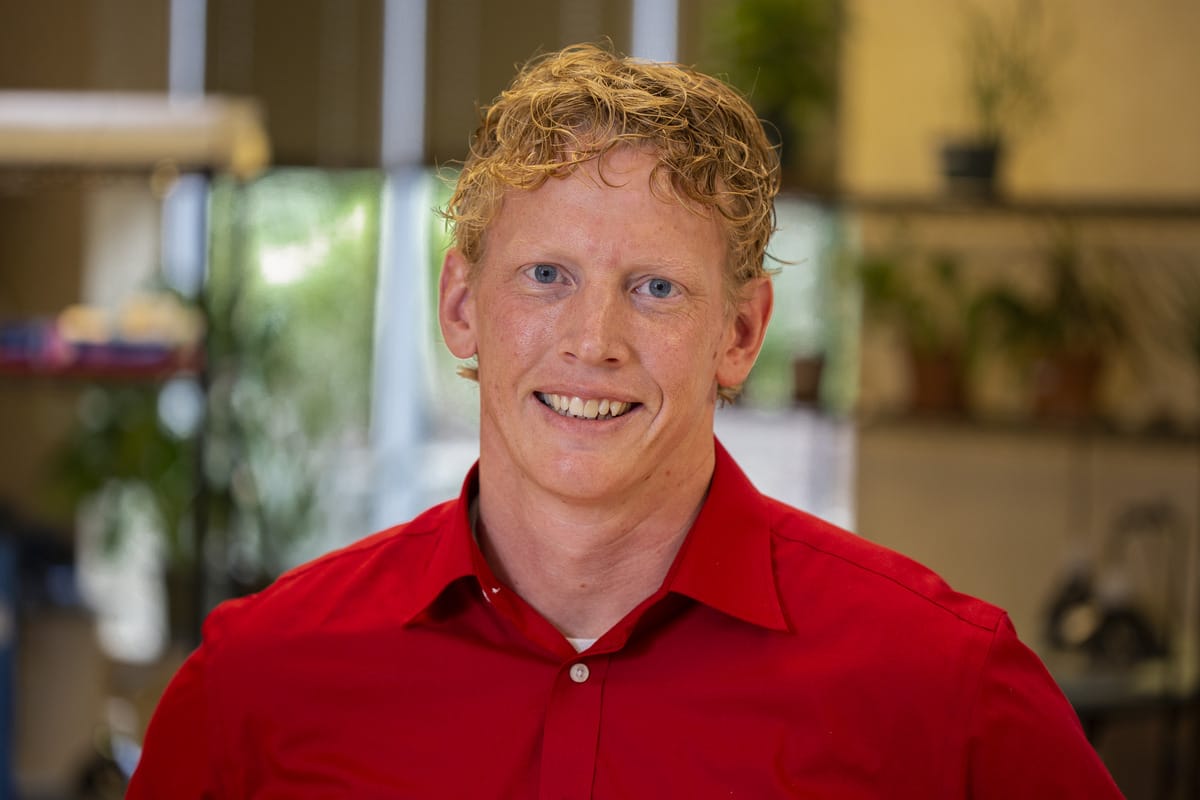The back-to-school season is always filled with uncertainty, but this year is different. As schools around the country scramble to adapt to a fast-moving pandemic, teachers are left struggling to figure out how best to help their kids. How can we help them stay safe — physically and emotionally? How can we help them grow as learners and as people? What should we do?
There are no easy answers in teaching. General principles must be adapted to specific situations. But that doesn’t mean general principles aren’t useful and important. When it comes to helping your students make a difficult transition back to school — whether they’re learning in-person, remotely, or with a hybrid model — there are a few crucial principles to share.
Your Feelings Matter
You can’t help your students until they know that you take them seriously. Start your year by discussing how they feel, and show them that you empathize. Tell them that you understand that they have fears and worries, and that this is normal and okay. Explain how if they aren’t anxious, that’s okay too. Validate your students where they are, emotionally.
You can lay the groundwork for truly helpful connections by sharing in an honest and age-appropriate way how YOU are feeling. Every school year, I’d start our year together by sharing what I was afraid of. That openness is even more crucial at a time when fears are so magnified.
Another important way to validate student concerns is to recognize that the pandemic is both real and scary. Sometimes it is easy to minimize a threat to make children feel better; failing to acknowledge reality, however, corrodes student trust and makes them feel patronized. Acknowledging our reality is a necessary first step to welcoming students to your learning community.
You Are Very Safe
Even though coronavirus is a real and serious problem, we can help students feel secure, no matter what our school’s reopening plan looks like. Every year, teachers work to make their students feel safe; this year can be no different. Let your students know that they are safe, and show them that it’s true.
Take your school’s safety plan seriously. Will it be difficult for students to wear their masks, to practice social distancing, and to wash their hands properly? Of course. But when you politely and professionally support them in responsible behavior, you send the message that you care about them and their safety.
As always, teachers can’t ensure absolute safety. But we need to be honest with our students, and science has consistently found that young people are at much less risk from the coronavirus than other age groups. Your students are more likely to be injured or killed in a car crash than by COVID-19. It is important to acknowledge that coronavirus is a problem; it is also important to acknowledge that the disease is far, far more dangerous for adults than it is for children.
You Have a Role to Play
Just because schoolchildren are relatively safe from this coronavirus doesn’t mean they can do as they please. Emphasize that responsible student behavior can play a significant role in keeping their loved ones, and the loved ones of their classmates and community, healthy and safe.
Good teachers engage young minds; great teachers empower them to make a difference. When you help play a role in stopping the pandemic, you empower them to make a positive difference in the world.
What can you do? Help students to learn from real-world experts about how to slow the spread of coronavirus. Have them share their learning with the world, and help them encourage others to commit to making a concrete change. If your students can stop one person from spreading the disease to others, they can set of a chain reaction that can save hundreds of lives. That’s empowerment!
Just Like Always — Only Moreso
Every year, these messages are important:
- Your feelings matter.
- You are safe.
- You have a role to play in keeping others safe.
This year, those simple words can make a profound difference to your students — and to the world.
We hope you are all staying healthy and safe during this difficult time. For more free educational resources, or ideas on how to promote healthy Social-Emotional Learning, simply follow this link!
*Image courtesy of Karl Gruber via Wikimedia Commons.

